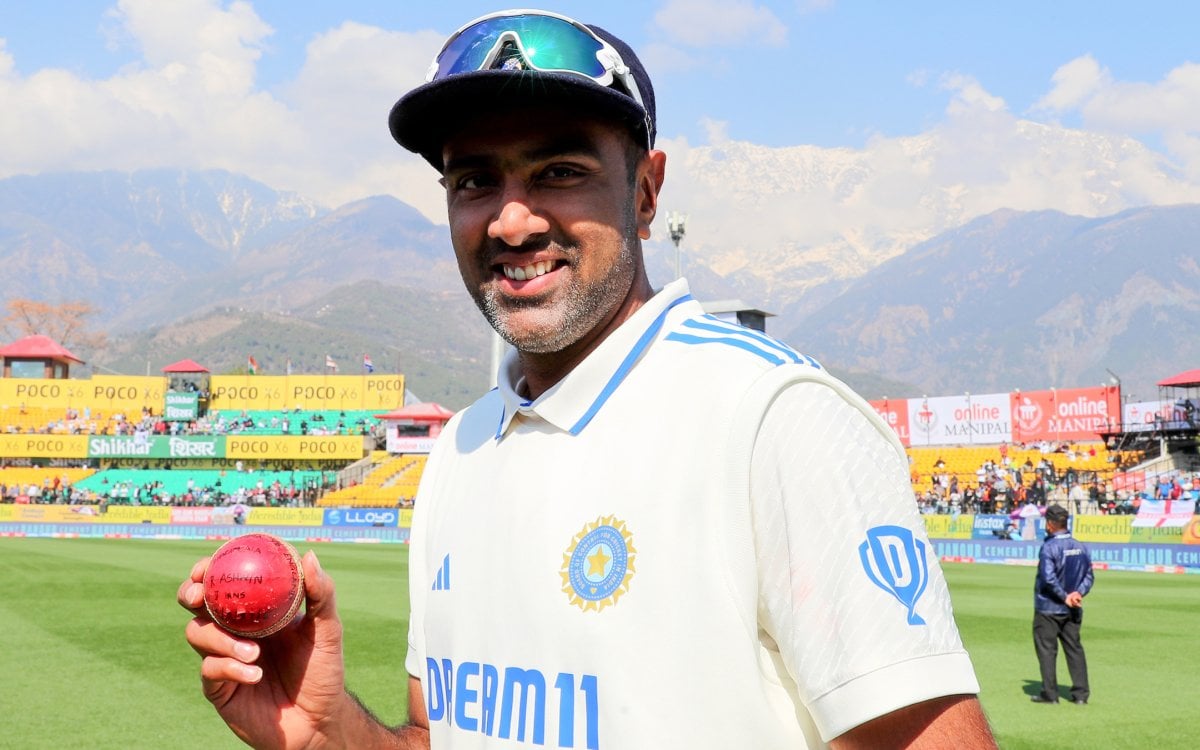The excellent performances of the US cricket team in the ongoing T20 World Cup should come as no surprise. Although the team is made up almost entirely of immigrants, every match the US has played has been a sellout. Partisan crowds have supported the home team and celebrated its performances with 120-decibel enthusiasm.
The US probably has a combination of cricketing talent, a conducive climate and ecosystem, and the financial capability to rapidly rise to the top echelons of the game. Despite cricket not being considered a mainstream American activity, the US is home to large immigrant populations originating from cricket-loving nations.
There are an estimated 7 million American citizens of South Asian origin (Indian, Pakistani, Bangladeshi, Lankan, Afghan, and Nepali) and around 3.5 million West Indian immigrants. That’s more than twice the population of bona fide cricket power New Zealand (5.5 million).
In addition, there are Americans hailing from other cricketing nations like the UK, Ireland, Australia and South Africa. If you add in all the green card holders and H1B visa holders who play and watch cricket, it’s not surprising that the New York metropolitan area boasts over 80 cricket teams playing the local leagues. Indeed, many cricket leagues are active across the US in different states.
Moreover, many US-based cricket lovers are extremely well-heeled, and wield enormous corporate influence and importantly, understand how to market new products. People like Sundar Pichai, Satya Nadella, Vinod Khosla, and Elon Musk (who is South African and may, therefore, be interested in the game) are examples. Any of them, and many others for that matter, could buy an IPL team or set up the American equivalent of the IPL without breaking much of a sweat.
Let’s consider what it would take to export and market cricket to the US. Most of the boxes already come pre-checked. The popularity of the game is already evident, even if it’s niche. Given a large base of potential players, developing homegrown talent from that immigrant population shouldn’t be a problem.
The money required for developing and marketing the game shouldn’t be a problem, and adopting top-of-the-line technology is also achievable. There are hundreds of suitable stadiums (including entirely enclosed indoor stadia) that could easily be converted to play cricket, particularly with the use of drop-in pitches.
Moreover, due to the US’ continental size, it is possible to find suitable weather to play cricket somewhere or another for all 12 months. Indeed, the state of Texas is notably such a location.
Why would one believe however that the US could quickly become a test-playing nation, or qualify consistently for the latter stages of the World Cups? The analogy here would be the rapid development of US prowess in another game which is not considered mainstream American.
For decades, soccer, as Americans call football, was considered an immigrant import–arguably it still is, since it receives far less airtime than American football, basketball, and baseball. Football was popular mainly among Latin American immigrants.
Yet, despite being non-mainstream, the US is definitely one of the world’s top footballing nations. The women’s team has won the World Cup, while the men’s team regularly qualifies for the knock-out stages of the World Cup. This is despite football being a far more competitive game at world level, with the teams of 150 nations fighting for elite status.
There is no apparent reason why the US could not replicate or exceed that level of performance across both genders in cricket. Hosting the T20 World Cup could provide the much-needed boost to propel cricket in the USA onto a bigger stage.













